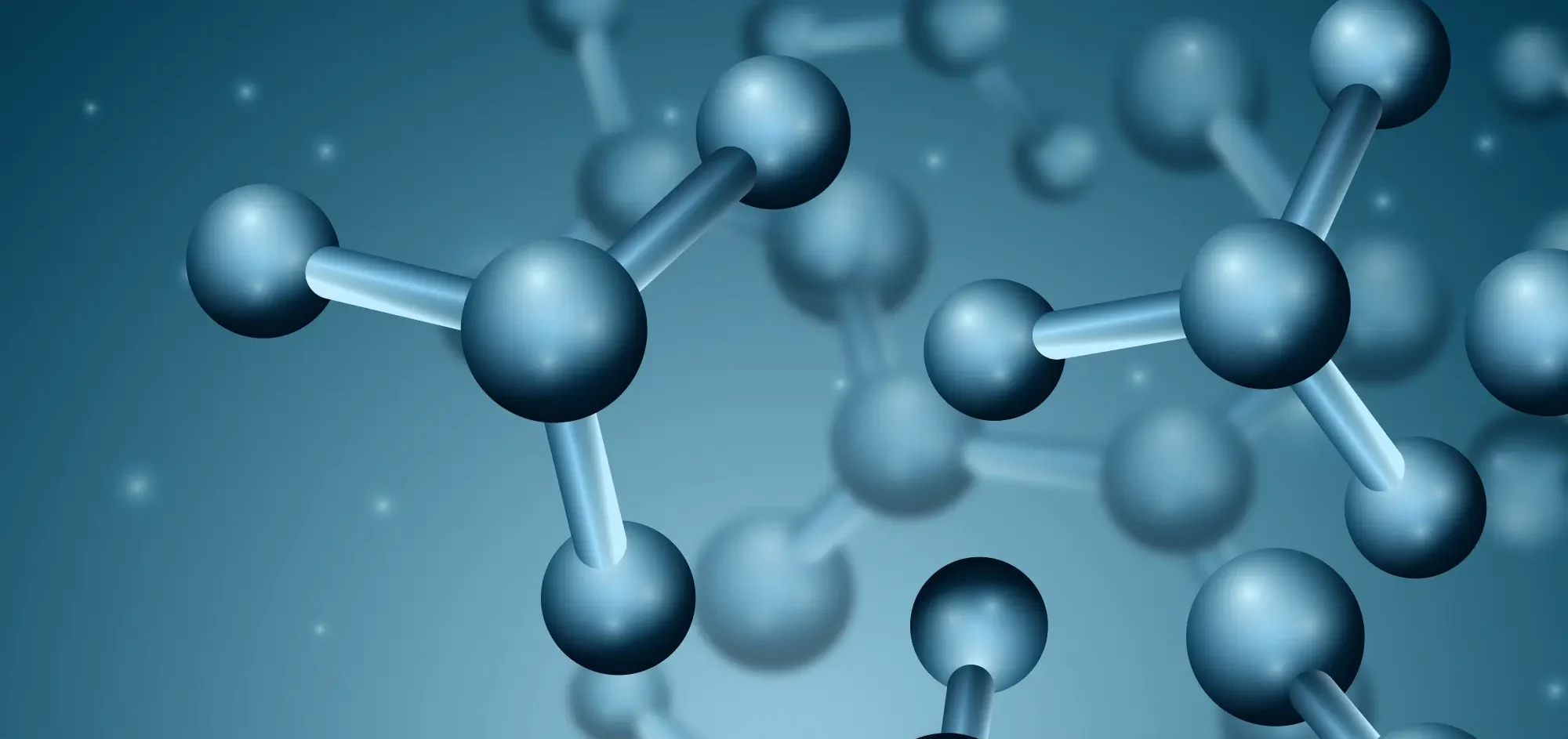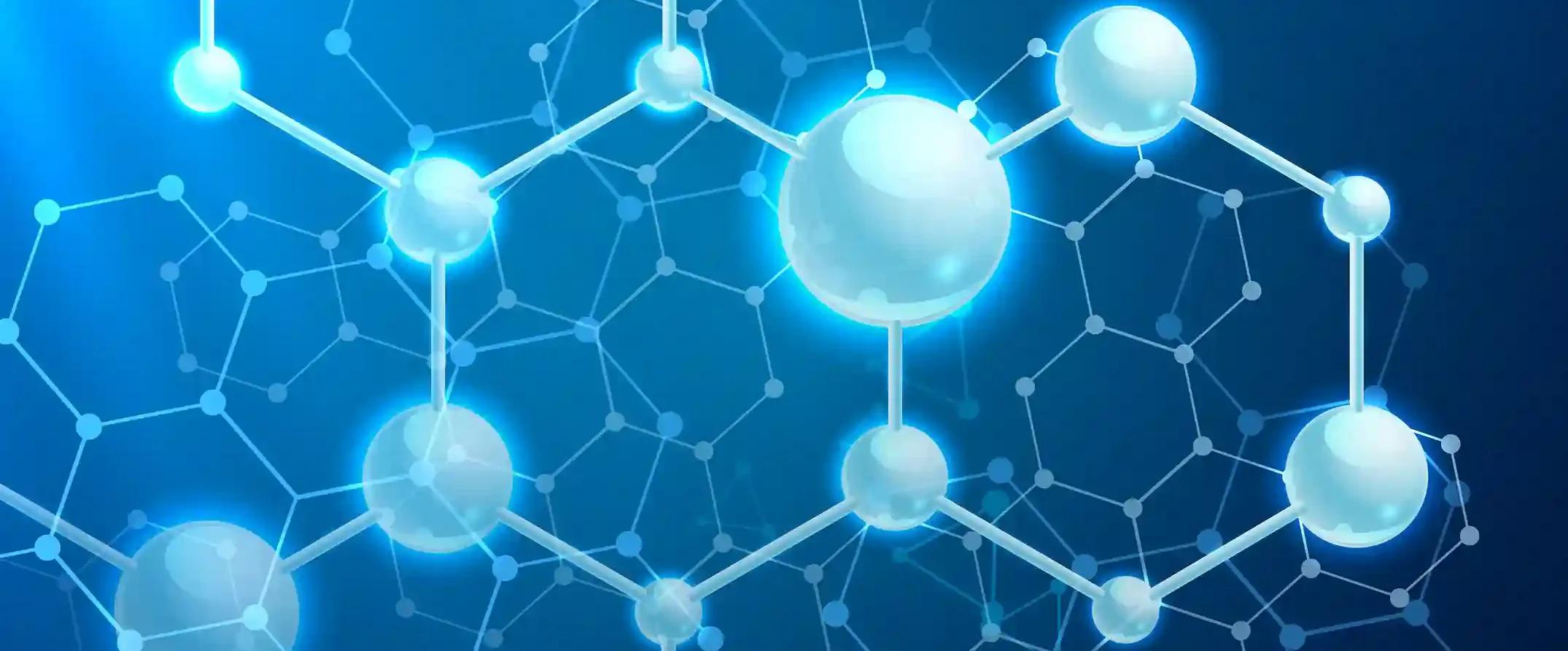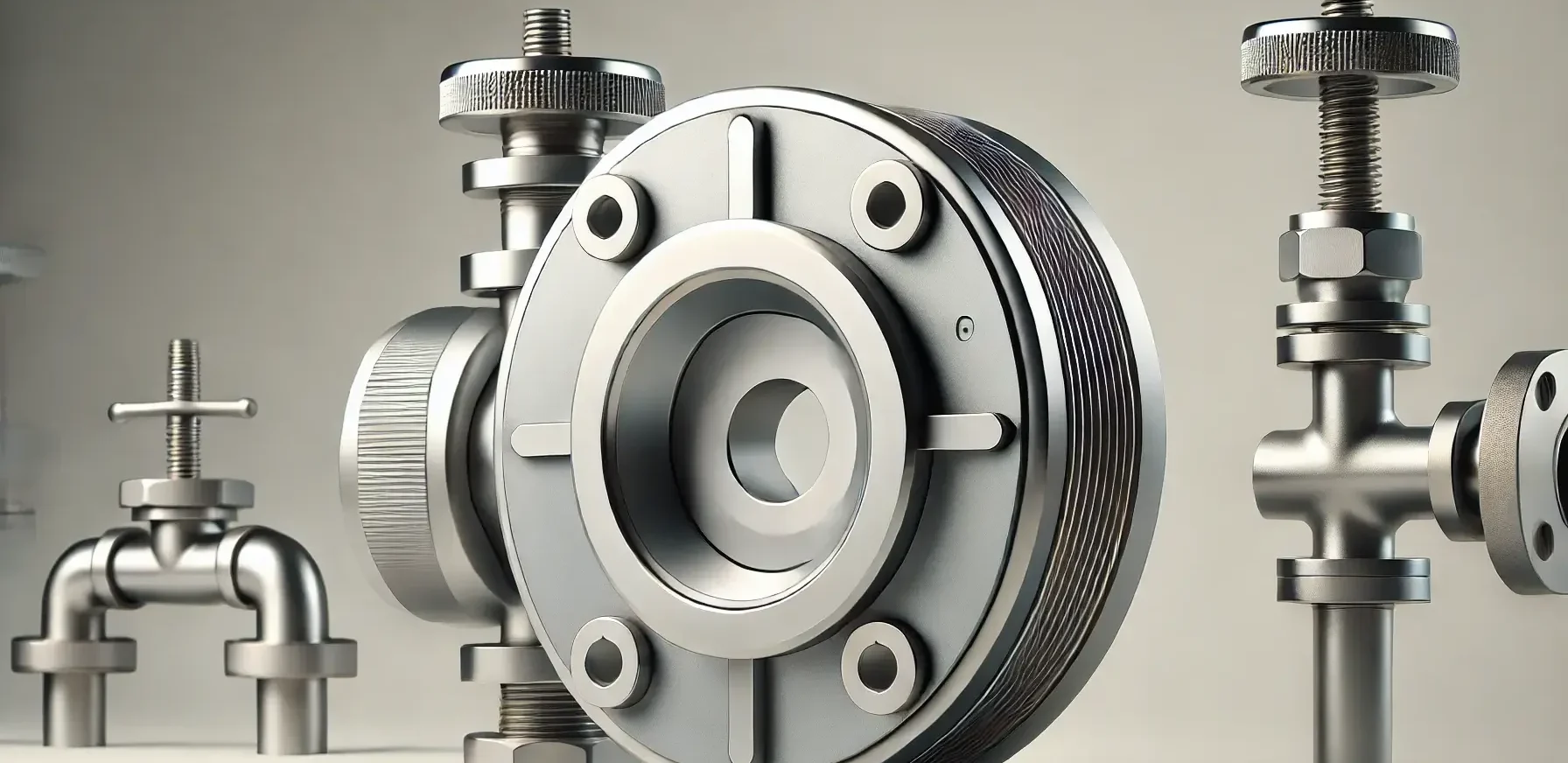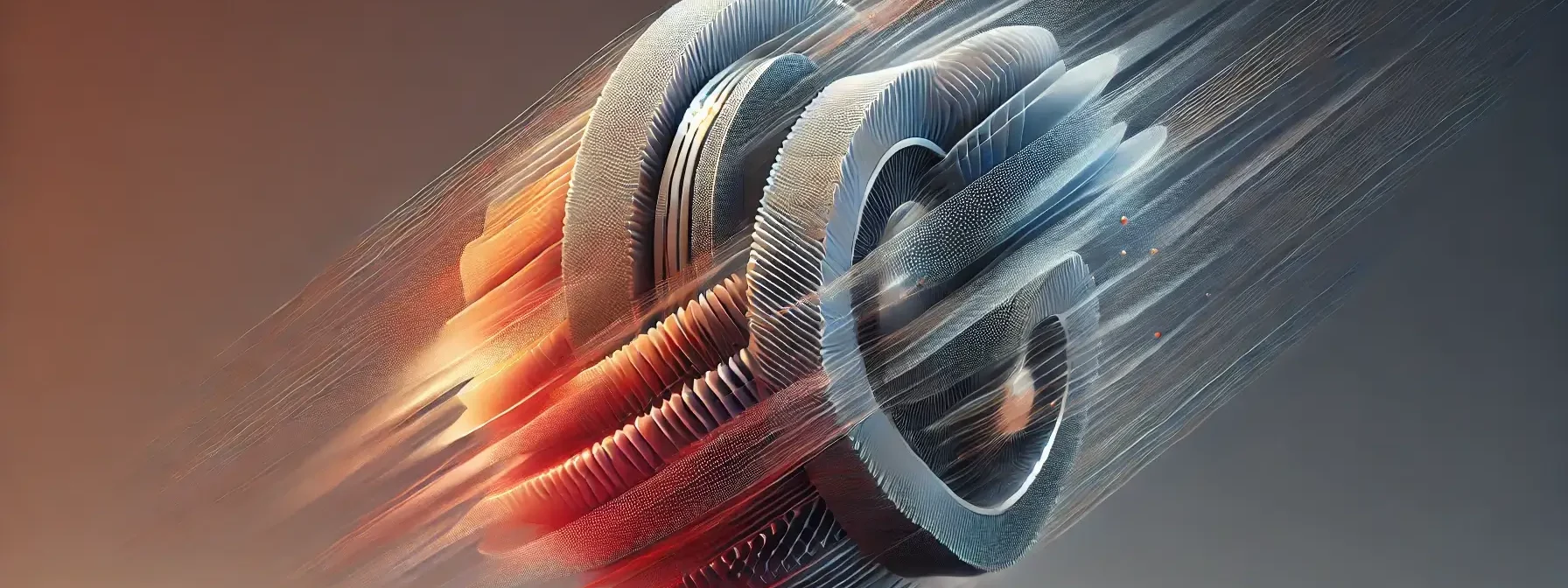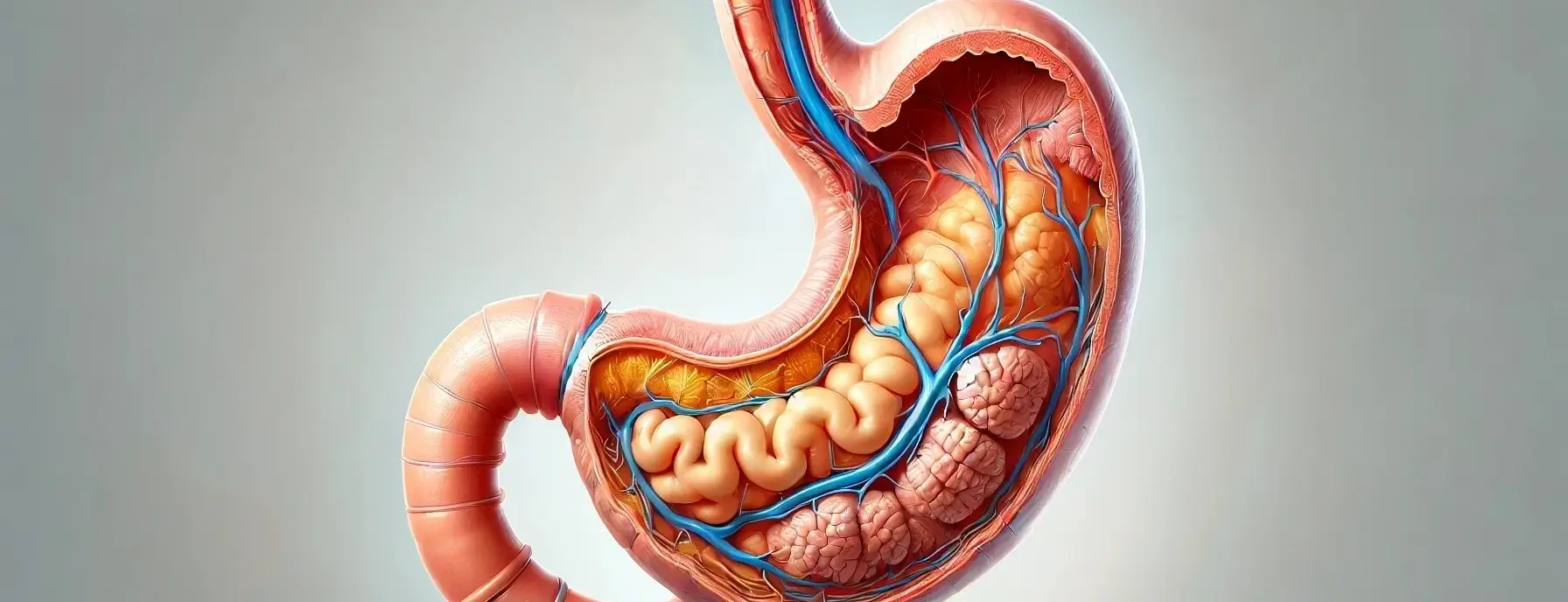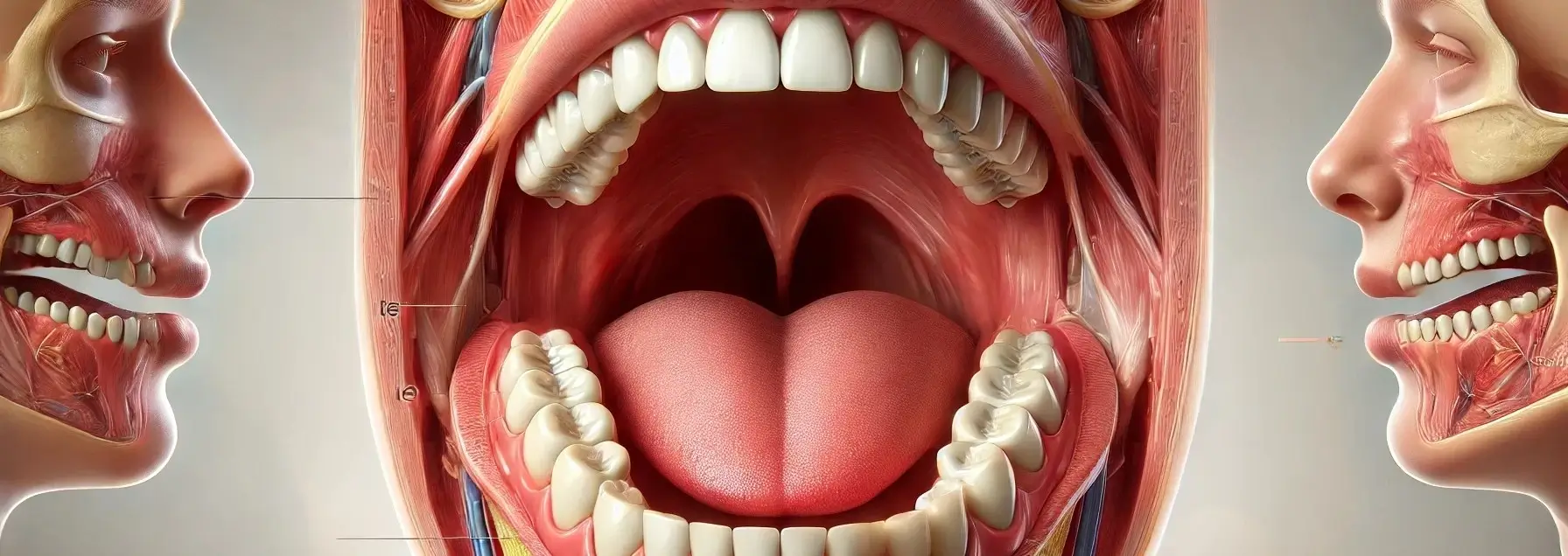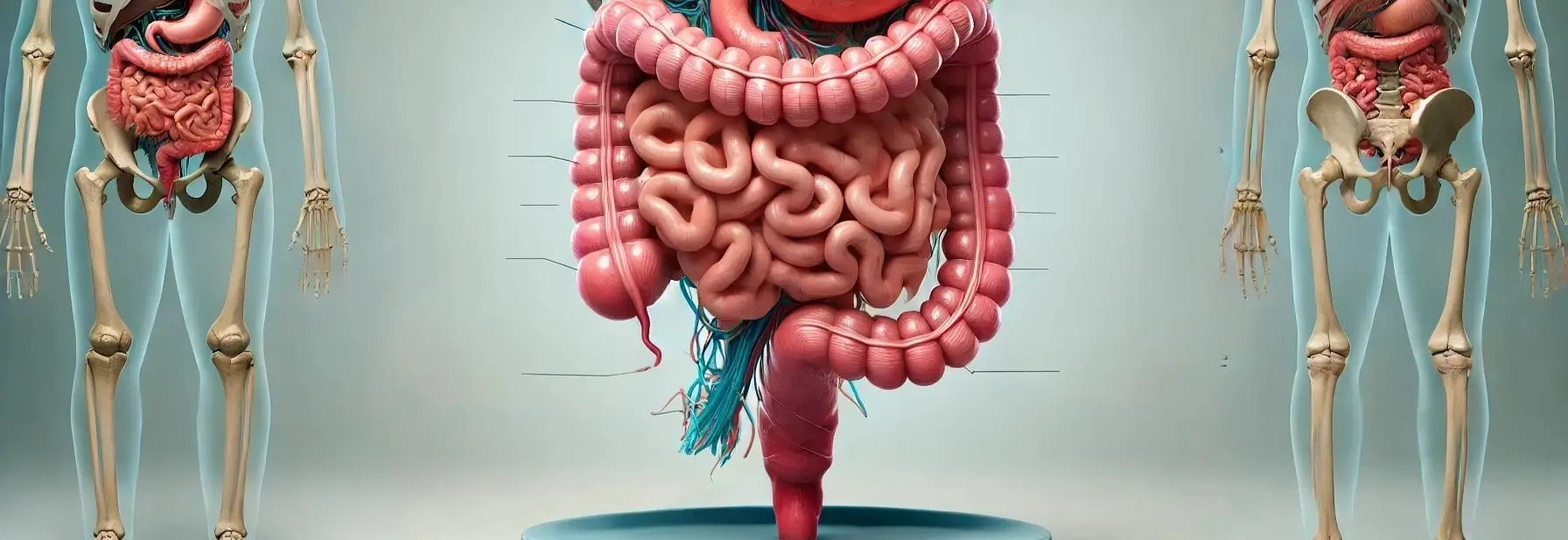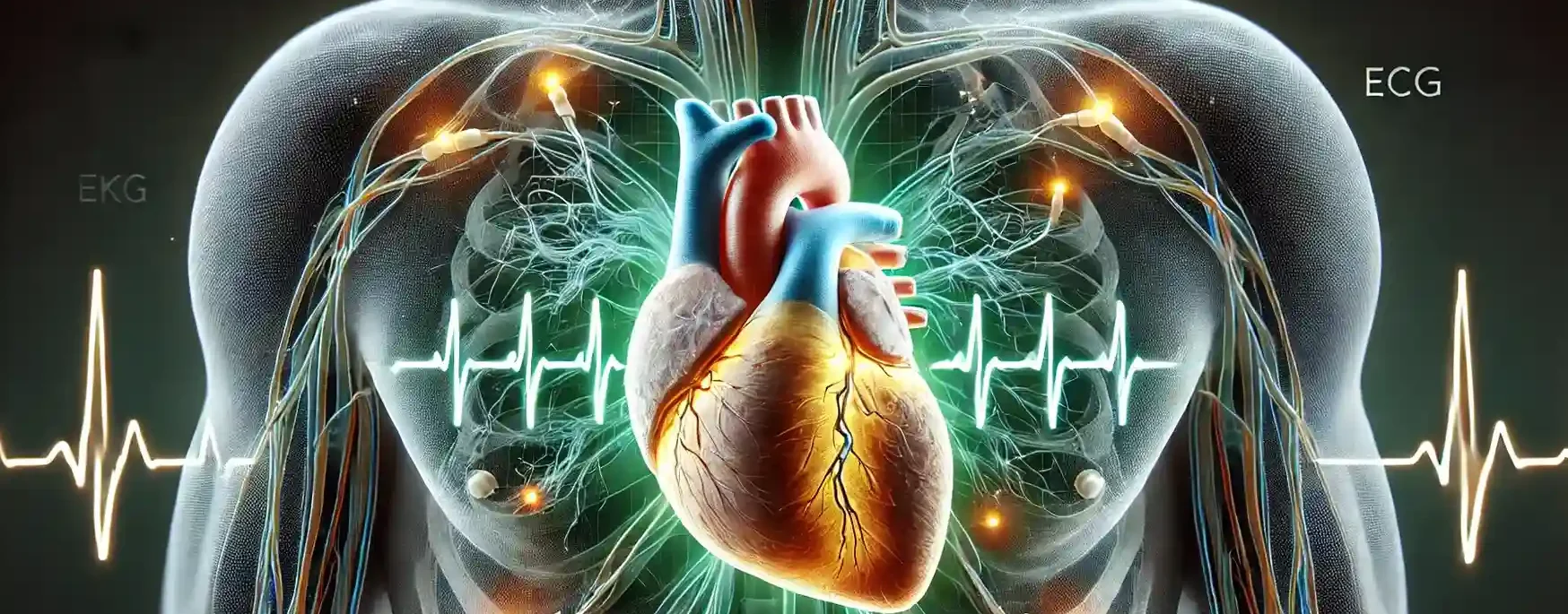Evidence in the Derivation of the Structure of Benzene
The structure of benzene has been the subject of extensive research and analysis, with significant evidence contributing to the derivation of its structure, since its discovery in 1825 by Michael Faraday. Various analytical, synthetic, and other experimental evidence have contributed to the derivation of its structure. Analytical Evidence in the Derivation of the Structure of … Read more

